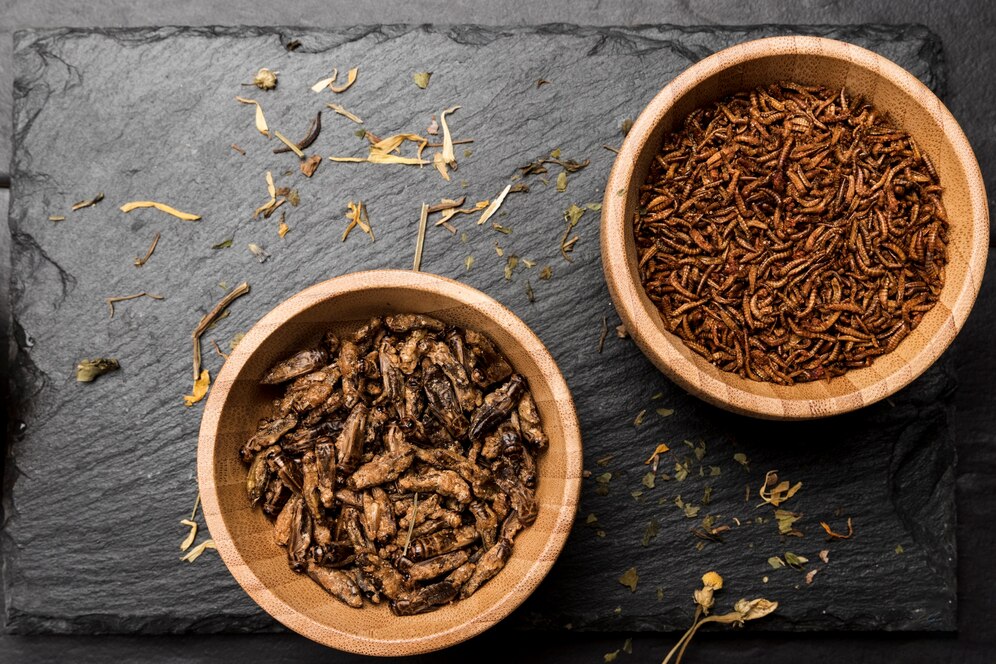Caraway Seeds are one of my absolute favorite additions to all sorts of foods. Their pungent flavor and unique perfume can bring a surprising depth to everything from hearty meat dishes to delicate baked goods. Although caraway seeds might look similar to cumin, the taste is distinctively different and worth exploring.
What Are Caraway Seeds?
Caraway seeds come from a flowering plant in the Apiaceae family, native to Europe, North Africa, and Asia. This plant is a close relative of carrots, fennel, and cumin. It’s worth noting that what we commonly refer to as “caraway seeds” is technically the fruit of the plant, not true seeds. While we often use these tiny fruits in cooking, the leaves and roots of the caraway plant are also edible and used in various cuisines around the world.
What Do Caraway Seeds Taste Like?
Caraway seeds have a very pungent aroma and flavor. The dominant taste is reminiscent of anise or licorice, complemented by hints of citrus and pepper that add brightness and warmth. There’s also a bittersweet quality that balances out the licorice notes, preventing them from overpowering other flavors in your dishes.
What Are Caraway Seeds Used For?
In the U.S., caraway seeds are most commonly associated with rye breads, giving them their characteristic flavor. However, caraway seeds have a wide range of uses globally. They appear in many desserts, baked goods, and liquors like Aquavit. Caraway seeds are also a key ingredient in sauerkraut, harissa, stews, and casseroles. Their unique taste can enhance the flavor of beef and pork, making them a great addition to long-simmering dishes. Beyond the seeds, the root of the caraway plant is treated like other root vegetables, similar to parsnips, and the leaves can be used as an herb in soups, salads, and stews. In the Middle East, caraway seeds are featured in many traditional cakes and pastries. Surprisingly, caraway is also used in perfumes, soaps, and lotions.
Where to Buy Caraway Seeds
You can easily find caraway seeds in most grocery stores, spice shops, and online. However, if you’re interested in using the leaves and roots, you’ll likely need to grow your own. These parts of the caraway plant are not commonly available at farmer’s markets. Thankfully, caraway is relatively easy to grow, even in cooler climates, as long as you cover the plants during the coldest months.
What Can I Substitute for Caraway Seeds?
While there’s no perfect substitute for caraway seeds, several other spices can give you a similar flavor profile. Anise seeds, fennel seeds, and star anise can provide a licorice-like note. For a flavor that’s closer to caraway without the strong licorice taste, try dill or coriander seeds. You might also experiment with combining these spices to create a blend that suits your taste.
Personal Experience with Caraway Seeds
I cook a lot of vegetables and have found that certain spices can elevate the natural flavors without masking them. Caraway seeds are my go-to spice for this purpose. Despite not being a huge fan of licorice, the complex flavor profile of caraway seeds—beyond just licorice—makes them a regular element in my cooking. As you experiment with caraway seeds, remember that a little goes a long way. This small addition can surprise and delight you with its depth and versatility.
Whether you’re incorporating caraway seeds into your baking or savoring their unique flavor in a savory dish, these seeds are a wonderful way to enhance your cooking and explore new tastes.

